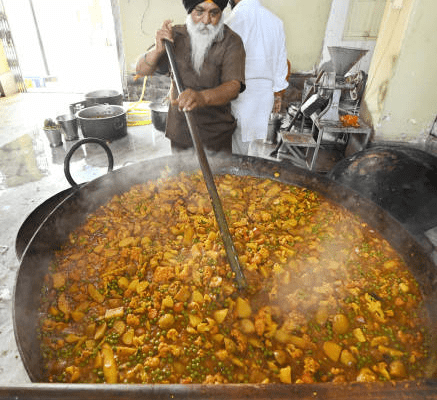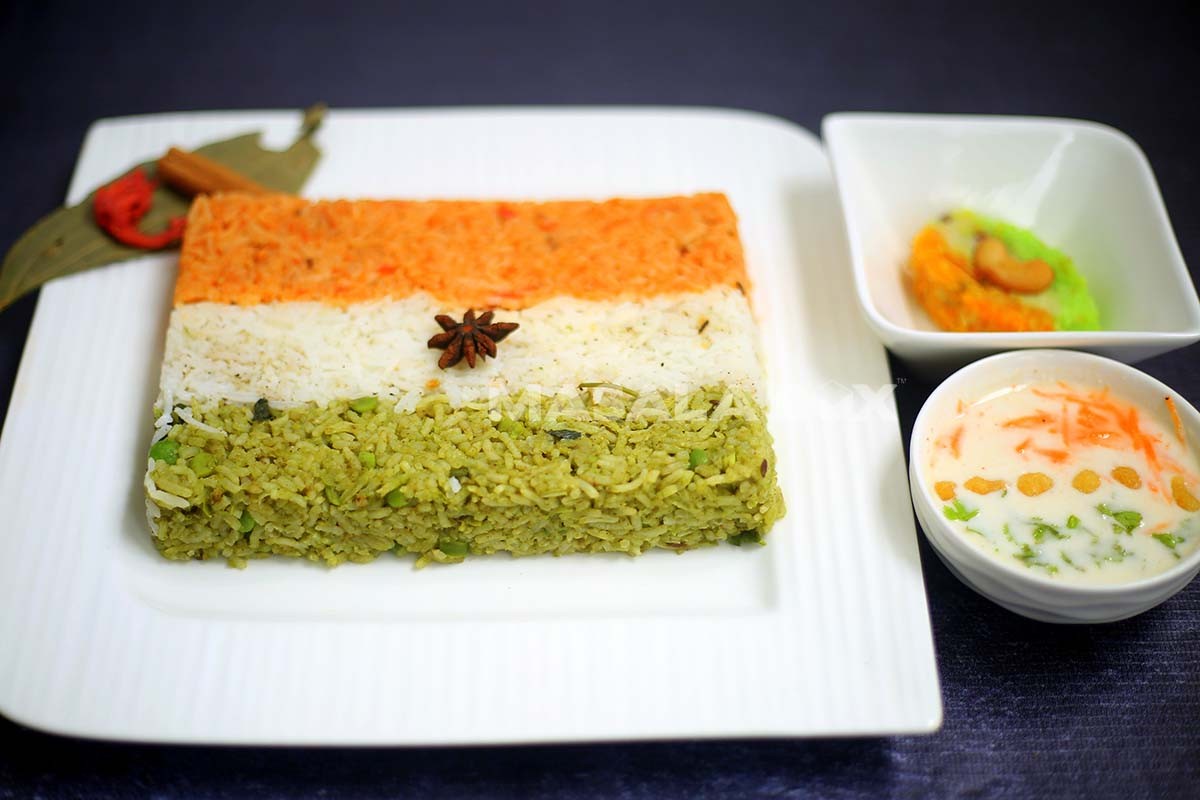There is in India a tradition, which can be rightly called, of love and dedication to selfless service, fostering an incredible idea of ‘oneness’ in the hearts of the people of its enormous and varied constitution – the community kitchens. Over the years, these shared cooking and distribution units have been quite useful in the provision of food security to the citizenry, which is a strong hallmark of Indian society, where no one goes to bed hungry. As such, in this blog post, we will attempt to appreciate these associations- the community kitchens India- by looking at their background, influence, and how they vary within the length and breadth of the country.

The Importance of Community Kitchens in India
For most Indians, community kitchens are not just any other food production and serving outlets respectively; rather they serve deeper relationships within the society. They are images of harmony, equality, kindness, and peace. These kitchens serve the food regardless of the social status of the person or the beliefs of the race. It is no surprise that the monastic system has grown deep roots within the Indian minds in such cases as Seva and Dana.
The Langar Tradition: A Key Component of Sikhism
Langar, literally the food served in the Sikh community kitchen, is one of the oldest and the best-known traditions of the Sikhs in India. It was started by Guru Nanak Dev Ji, the first of Sikhism’s ten Gurus. It enshrines the values of oneness and service to humanity. Almost every Gurudwara worldwide provides free vegetarian food to the devotees throughout the day, prepared and served by volunteers.
- Langar is open to people of all religions, castes, or homely social statuses.
- Visitors eat on the floor together, reminding them of sheer humanity.
- The taste of the meal is understood better when it contains certain common ingredients: lentils, flatbread, and vegetables
- Managed 100% by self-government and monetary contributions
One of the world’s largest institutions with the Sikh religious appellation is the Golden Temple in Punjab, India with its community kitchen serving approximately 100 thousand people every single day. This noble Indian phenomenon of wearing a ‘Chef’s Hat’ clearly exemplifies the spirit of ‘One for All and All for One.’’
Besides langar: Other types of community kitchens in India
In India, Langar might be the most popular among community kitchens, but the country has other different traditions and initiatives as well.
Anna Kshetras at Temples
A number of Hindu temples run annakshetra (food halls) serving free or subsidised meals to worshippers and to any found in need of food. Prasadam (blessed food) is often served and these masculinity developing kitchens also facilitate good social relations.
Iftar During the Month of Ramadan
Many mosques and Muslim groups arrange public iftar (the meal after fasting) period, especially during Ramadan. They promote social cohesion as a common meal, creating a comradery while also enacting obedience to God’s will.
Government Launched Community Functional Kitchens
Indian states, including Madhya Pradesh, instituted all government community food programs to deal with hunger and malnutrition.
- Amma canteens: Tamil Nadu
- Indira canteens: Karnataka
- Annapurnarasoi: Rajasthan
These aim at delivering competent, nutritious, quality meals for the low-income working populations and the urban poor.
Kitchen Operated by NGOs
Several community kitchens are run by various nongovernment organisations in India to reach out to the homeless, daily wage labourers, migrant workers, etc. “Common Cuisine” or “Community Kitchen: India” has operationalized the principle across all sectors in the country.

Effect of Community Kitchens in the Indian Context
Hunger insecurity is relieved through the provision of meals, but the effects of these facilities further go beyond that. They contribute significantly towards:
- Hunger Alleviation: Many of the community kitchens are free or charge a nominal fee that allows even the poorest part of society to get a proper diet.
- Social Cohesion: These kitchens encourage people of different status and origin to come together, enhancing social understanding and abolishing division lines.
- Disaster Relief: Also, in times of natural disasters or any occasions of stating concern (COVID-19 pandemic), community kitchens become the food supplying and relieving points.
- Skill Development: A number of community kitchens help their patrons to acquire both culinary and operative skills that may make them employable at some point in future.
- Waste Reduction: Community kitchens tend to have more edible resources and less waste than households with numerous people when doing commutative cooking.
Challenges and Future Prospects In Search of an Answer
Still, for all their importance, community kitchens in India have certain inadequacies.
- Funding and resources
- Hygiene and food safety
- Harmonisation between tradition and nutrition
However, the community kitchens India has a bright future. As the awareness of food security and social obligation increases, more people and organisations are coming in to support and grow these programs. Even technology is involved, as there are apps and platforms that link donors, volunteers, and beneficiaries.
Conclusion: A Reflection of The Communal Nature of India
While analysing community kitchens in India, one is enthralled by the concept of sharing. These have been prevalent from the culture of langar till today’s government schemes and are effective in the nourishment of the body as well as the soul. They are proof that though people may be divided into so many ethnic groups with different social constructs, it is still possible to bond through simple acts such as a meal and promote the loving society we strive towards.
Going ahead, there is a need to appreciate and endorse the role of community kitchens India culture and society. There are many such kitchens which to any extent, contribute through service or money offerings or even changing minds.
Also Read- The Art and Science of Making Natural Sweetener Sweets India: A Complete Treatise
















